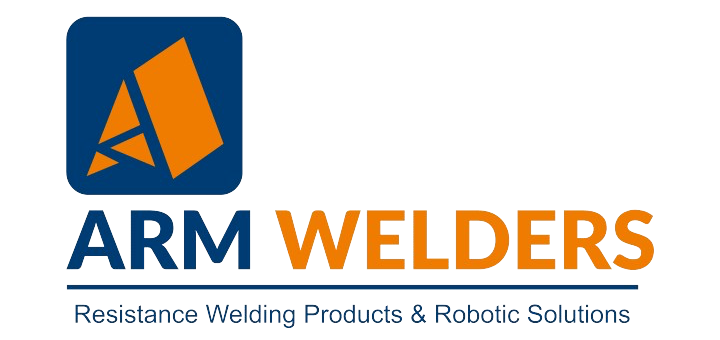In the ever-evolving landscape of manufacturing, robotics and automation have emerged as game-changers, revolutionising traditional welding processes. From automotive assembly lines to intricate metal fabrication, the integration of robotics offers numerous advantages, enhancing efficiency, precision, and safety. In this guide, we’ll explore the benefits of implementing robotics and automation in welding processes, shedding light on how these technologies are reshaping the future of welding.
Increases Productivity:
- Continuous Operation
Robots can work tirelessly without breaks, significantly increasing overall productivity. They can operate 24/7, leading to higher output rates and faster project completion times compared to manual welding processes.
- Cycle Time Reduction
Automation minimises idle time between welding operations, leading to shorter cycle times. This optimization results in greater throughput and maximised efficiency in production lines.
Enhances Precision and Consistency:
- Accurate Weld Placement
Robots equipped with advanced sensors and vision systems can precisely position welding torches, ensuring consistent weld quality across components. This level of accuracy minimises rework and ensures compliance with strict industry standards.
- Consistent Weld Parameters
Automation allows for precise control over welding parameters such as arc length, travel speed, and heat input. This consistency results in uniform weld bead profiles and mechanical properties, eliminating variations seen in manual welding.
Improves Safety:
- Reduced Operator Exposure
By automating welding processes, manufacturers can minimise operator exposure to hazardous fumes, intense heat, and potential arc flash incidents. This leads to a safer work environment and
Robots can access tight spaces and awkward angles with ease, reducing the risk of welding-related injuries.
- Enhanced Ergonomics
eliminating the need for manual welding in challenging or hazardous conditions. This improves ergonomics and reduces strain on human operators, promoting long-term health and well-being.
Cost Savings
- Labour Efficiency
While the initial investment in robotics and automation may be significant, the long-term cost savings are substantial. Reduced labour requirements, lower scrap rates, and increased throughput contribute to significant cost efficiencies over time.
- Minimise Material Waste
Precise control over welding parameters ensures optimal material utilisation, minimising scrap and rework. This reduction in material waste translates to cost savings and improved profitability for manufacturing operations.
Flexibility and Adaptability
- Quick Changeover
Robots can be programmed to switch between different welding tasks rapidly, allowing for seamless transitions between production runs. This flexibility enables manufacturers to respond quickly to changing market demands and production requirements.
- Scalability
Automation systems can be scaled up or down to accommodate fluctuations in production volume. Whether it’s ramping up output to meet high-demand periods or scaling back during slower times, robotics offer unmatched scalability and adaptability.
Conclusion
The benefits of implementing robotics and automation in welding processes are undeniable. By embracing robotics, manufacturers can unlock new levels of efficiency, quality, and competitiveness, positioning themselves for success in the dynamic world of modern industry.
Arm Welders specializes in providing Robotic Automation solutions for all welding process. Our expertise in welding ensures optimal utilization of the equipment and improvement of process to ensure high quality welding output. Our Automation process are defined to increase customer productivity with low cost of ownership. Please contact us to know more about the Automation solutions provided for us in various sectors of the Industry.
